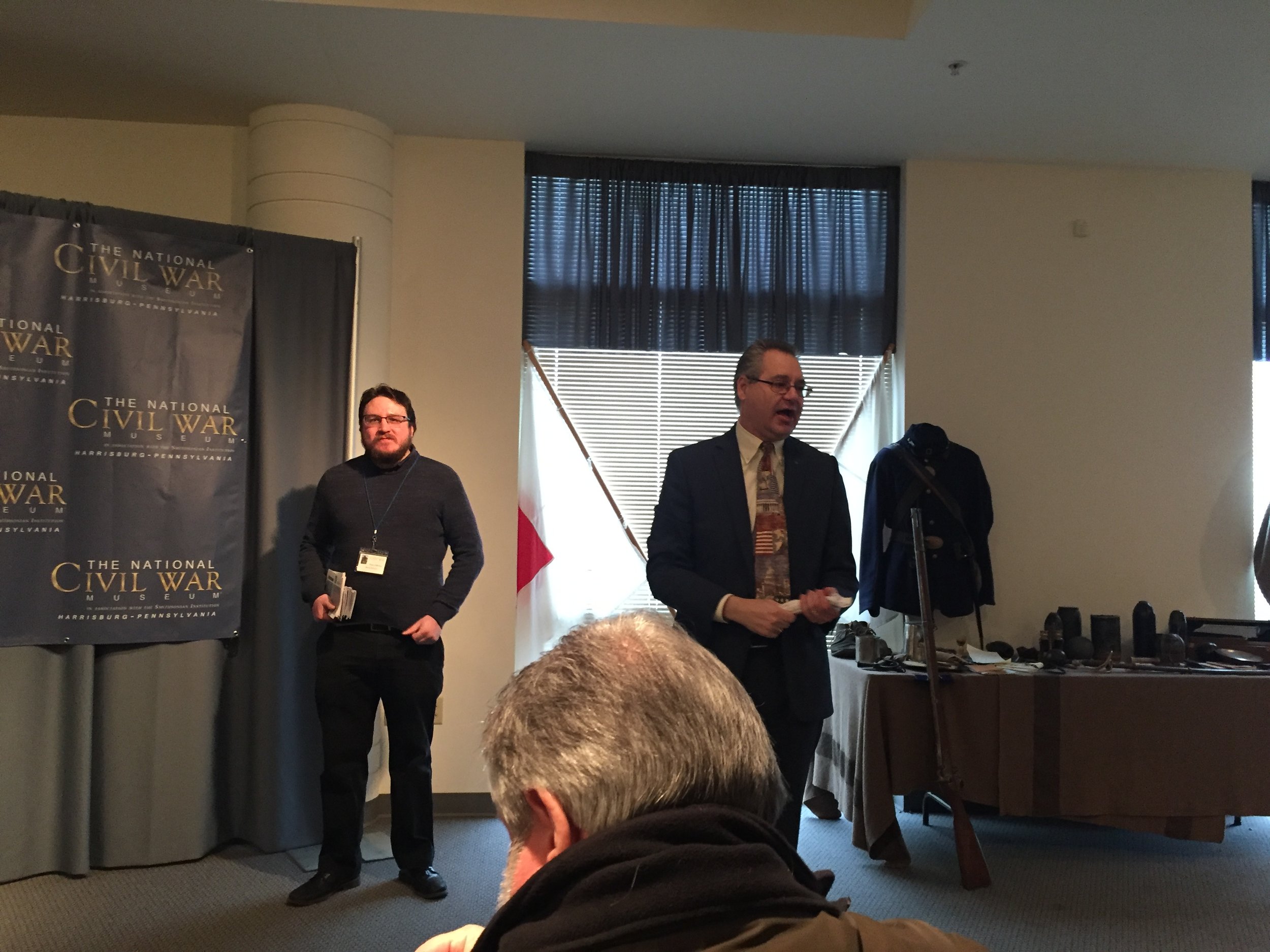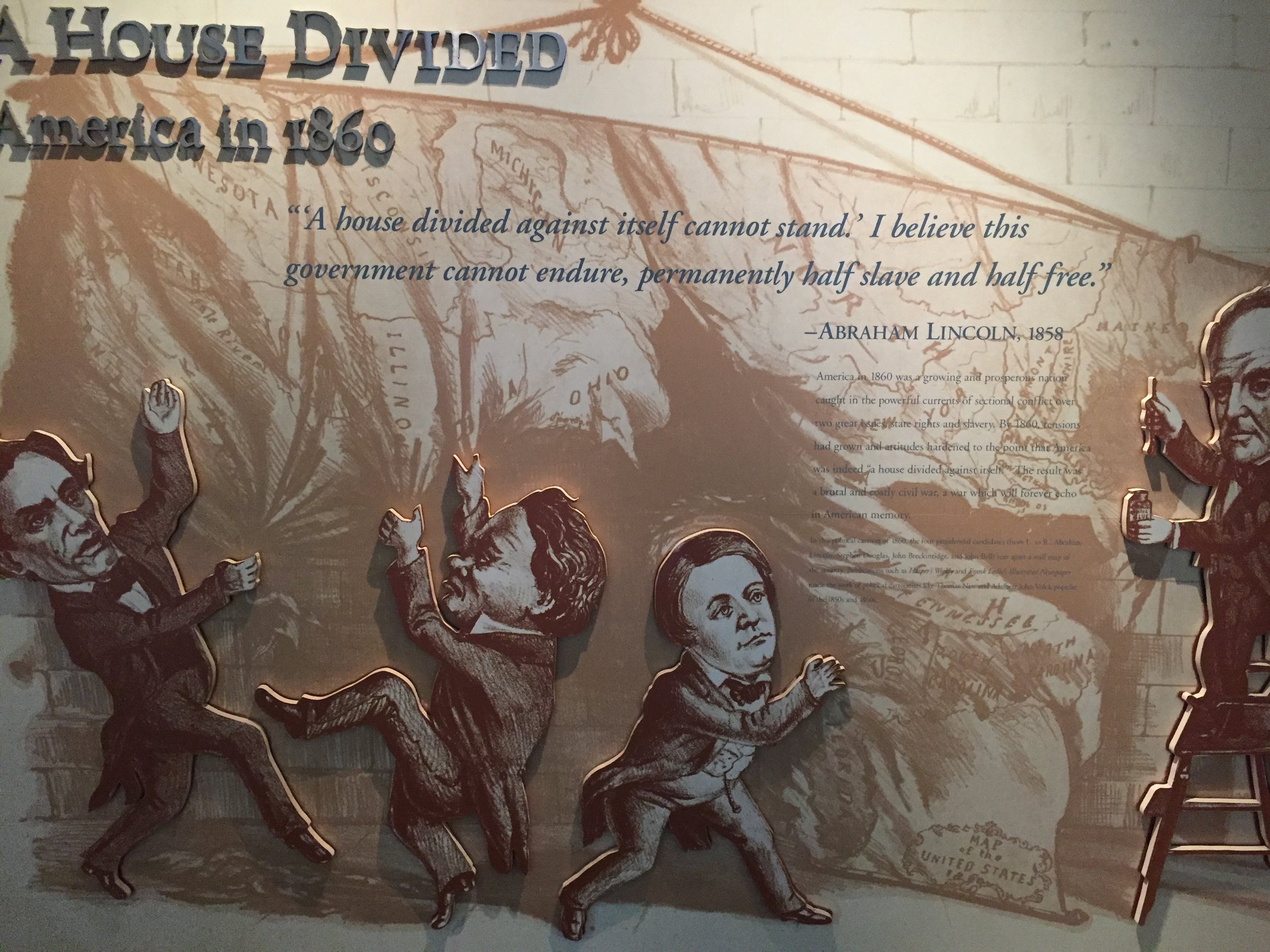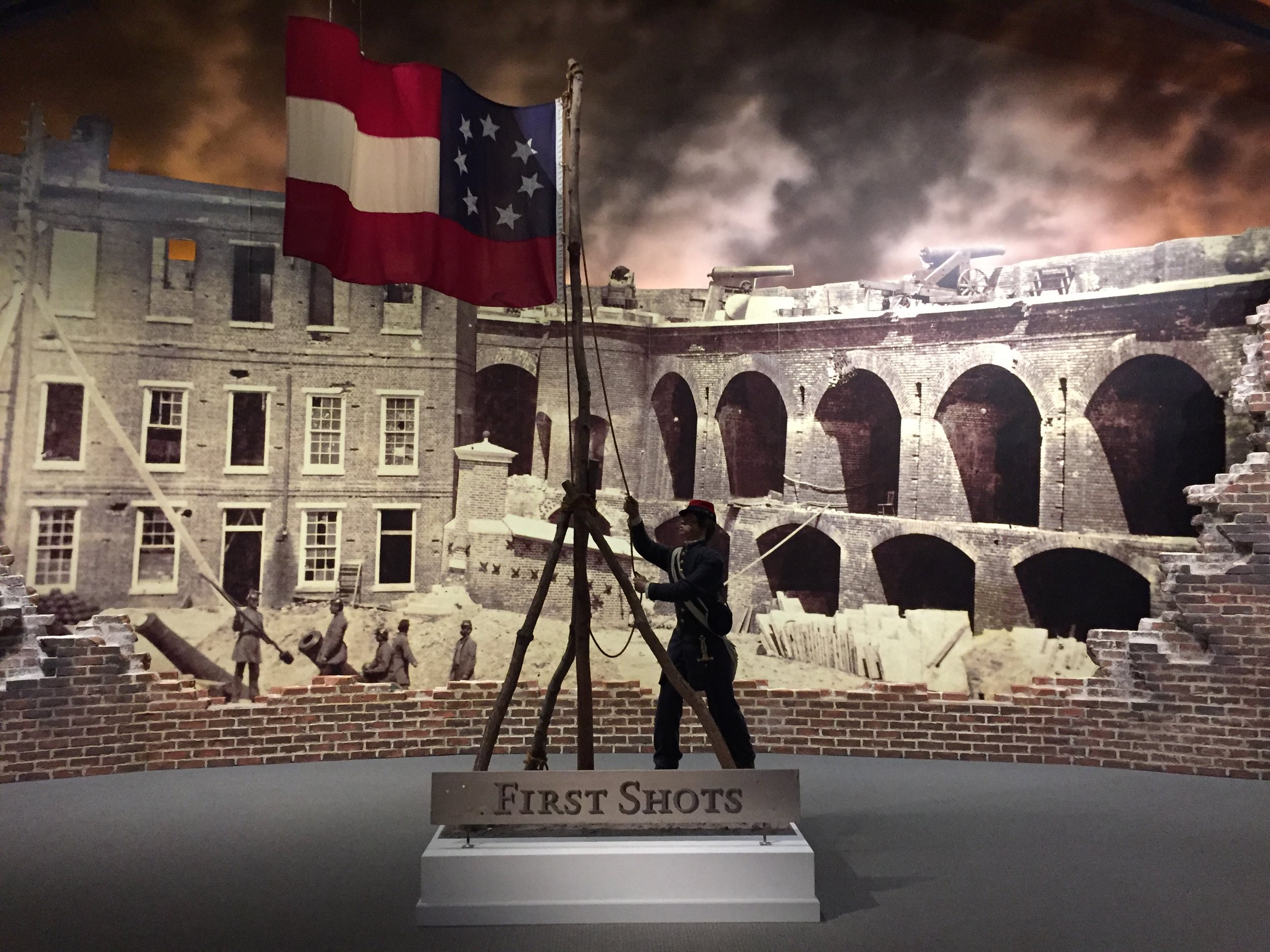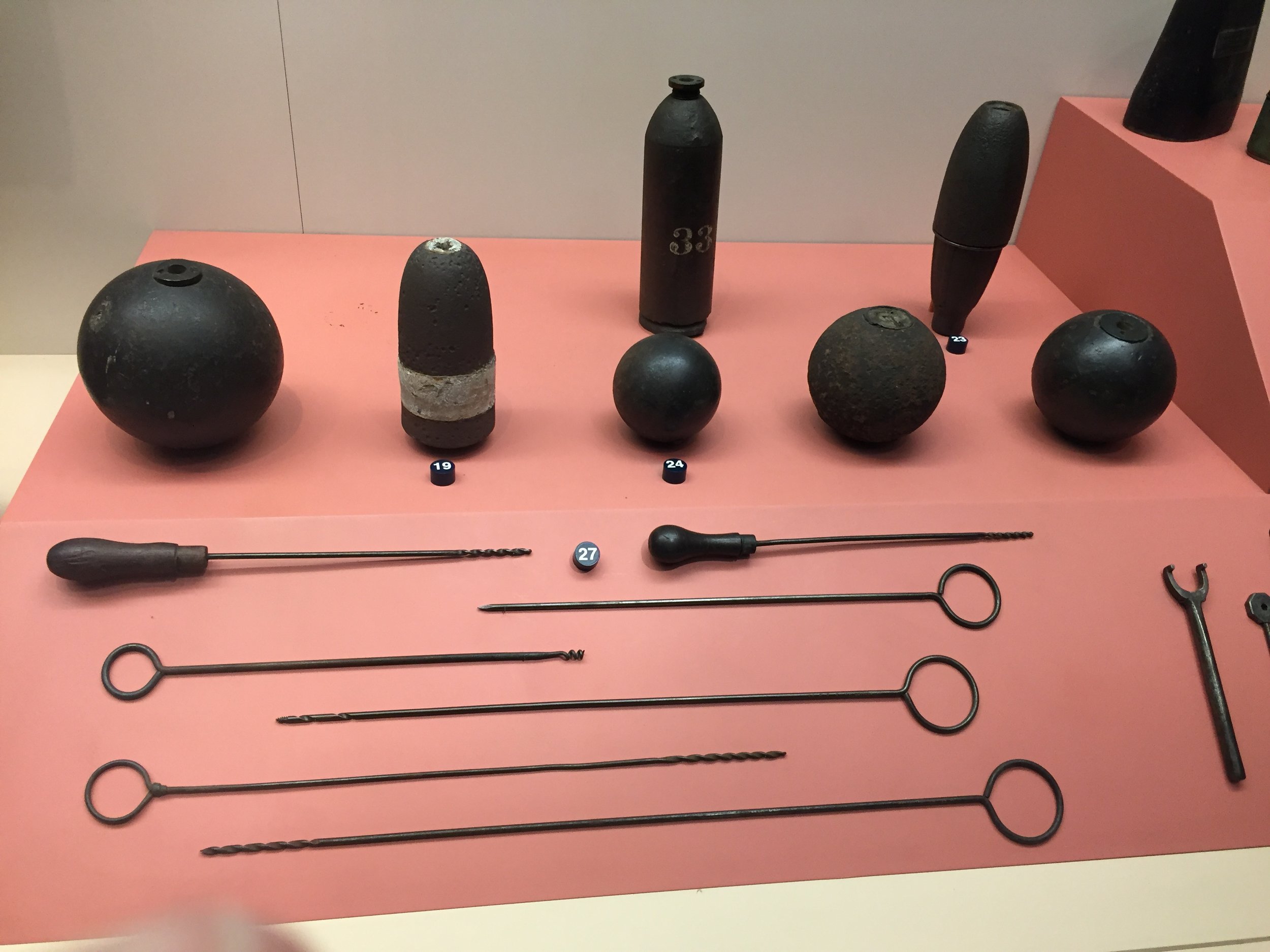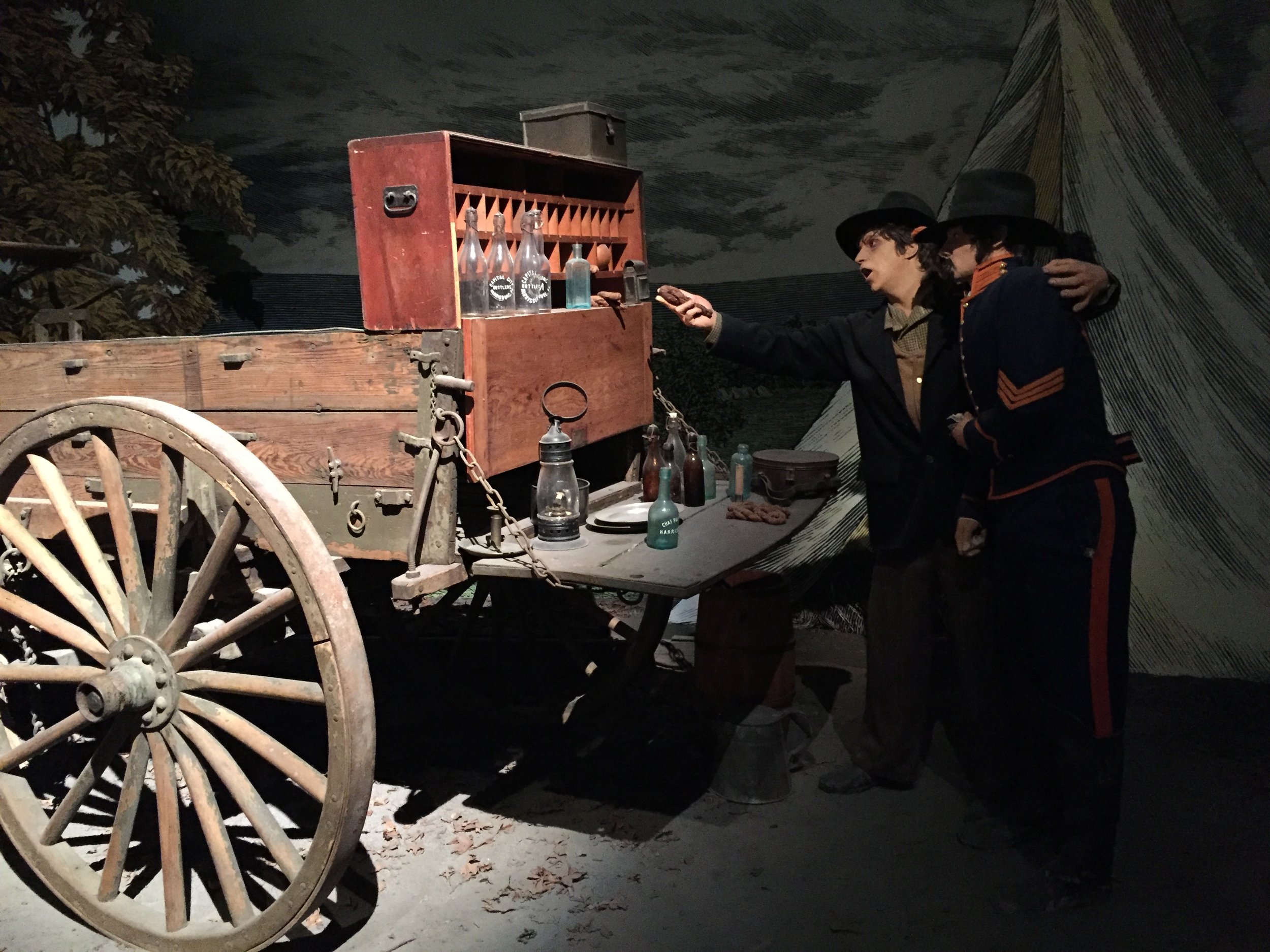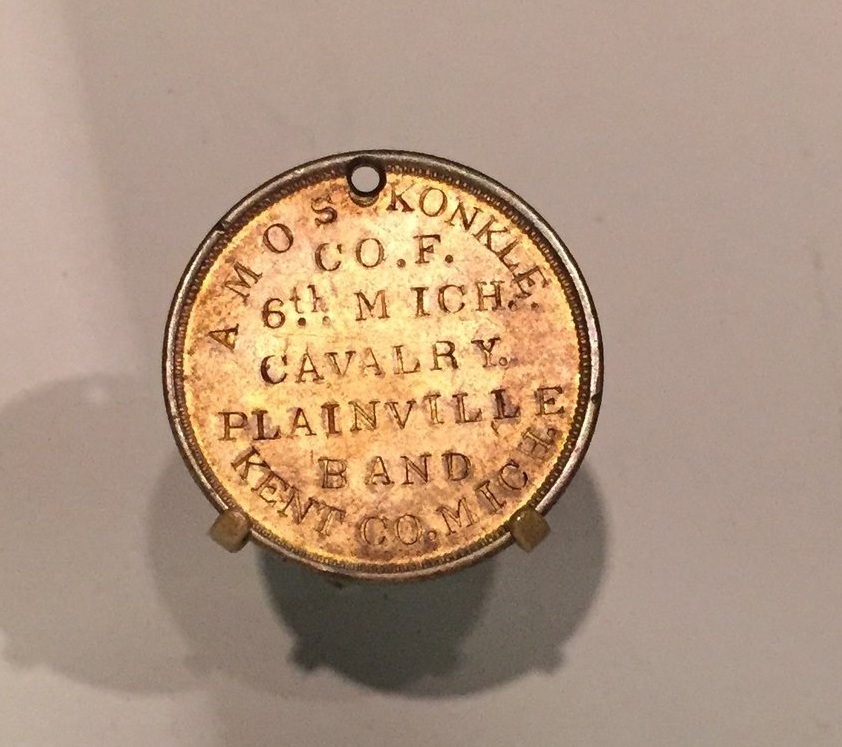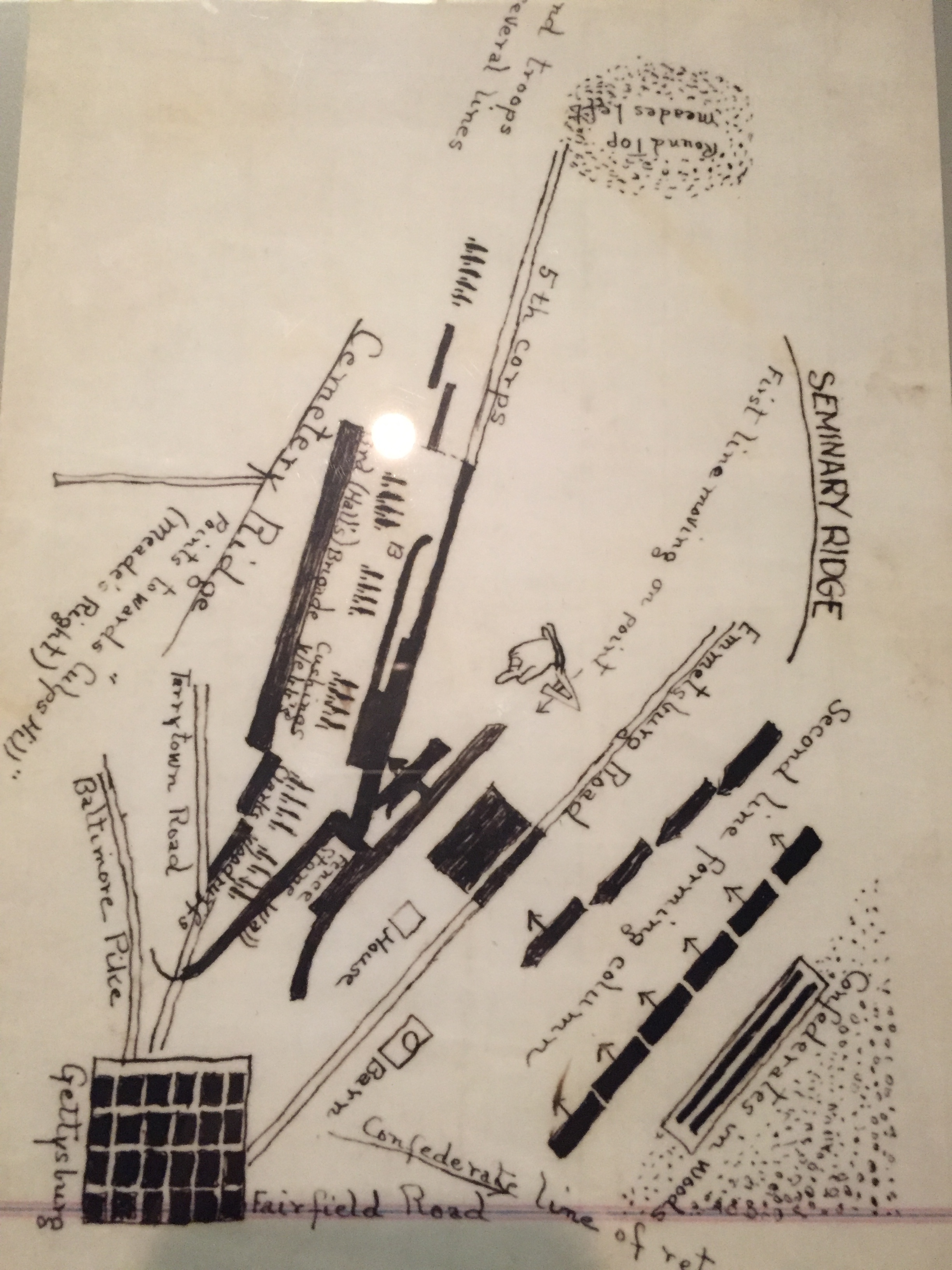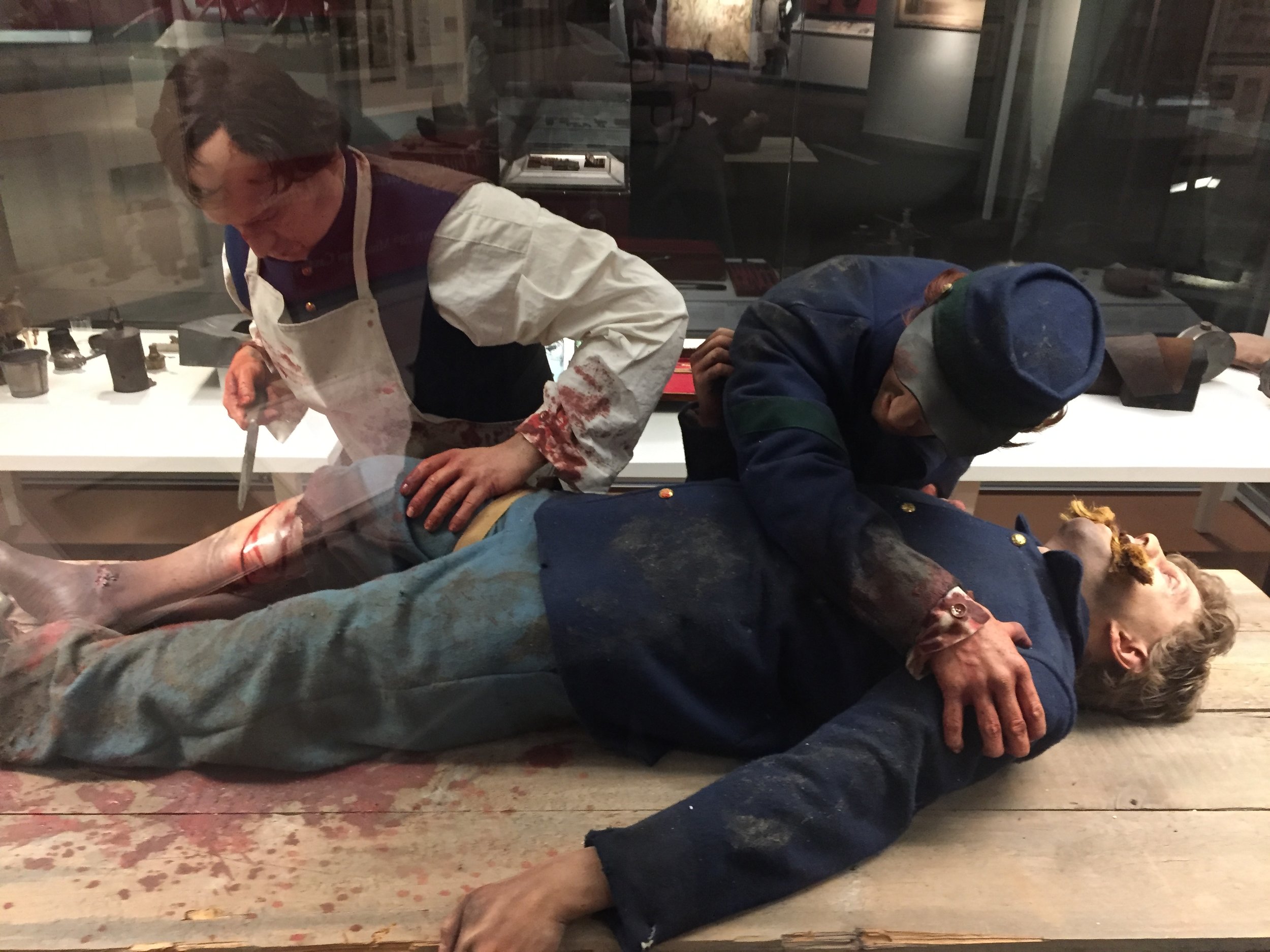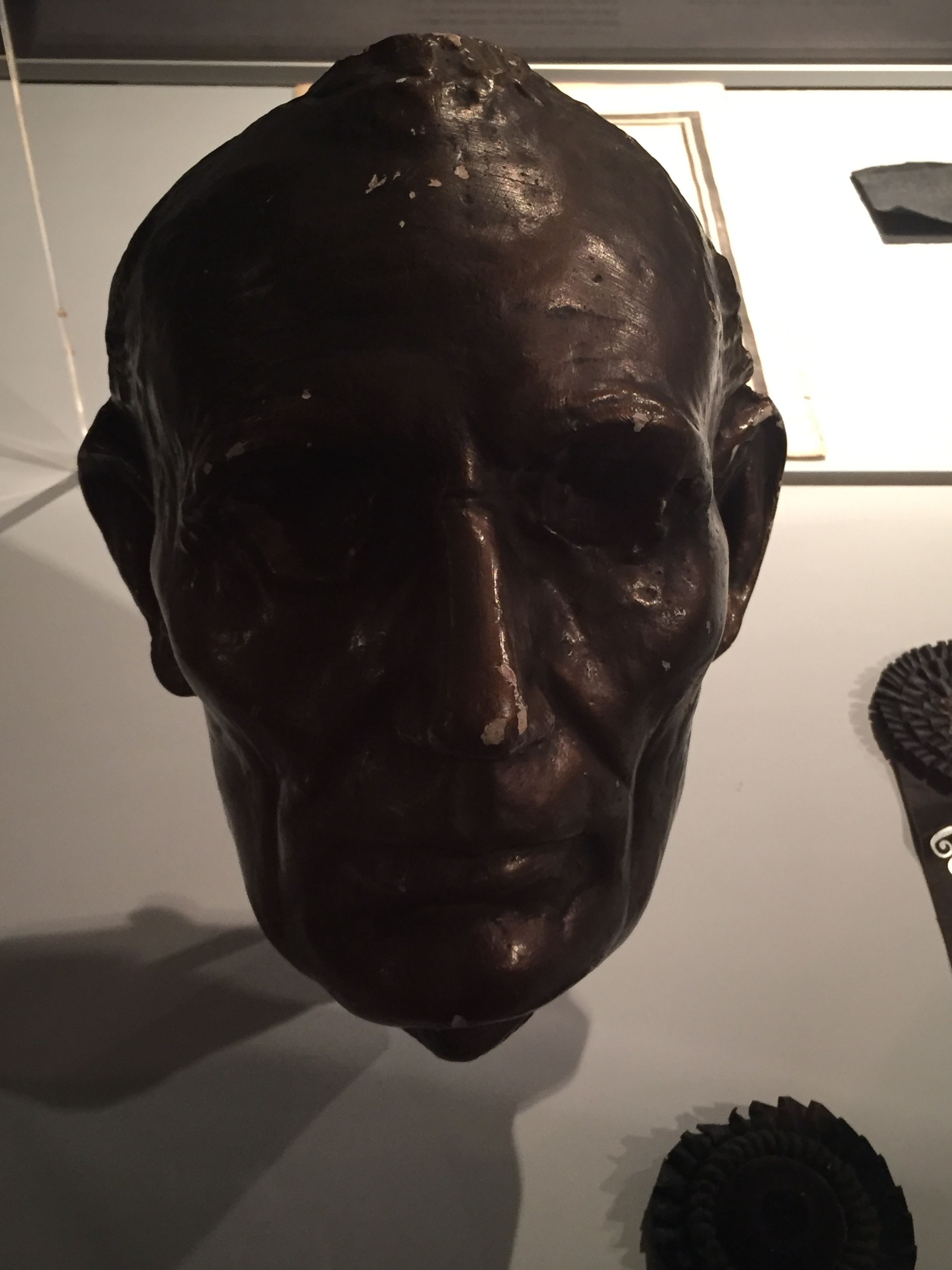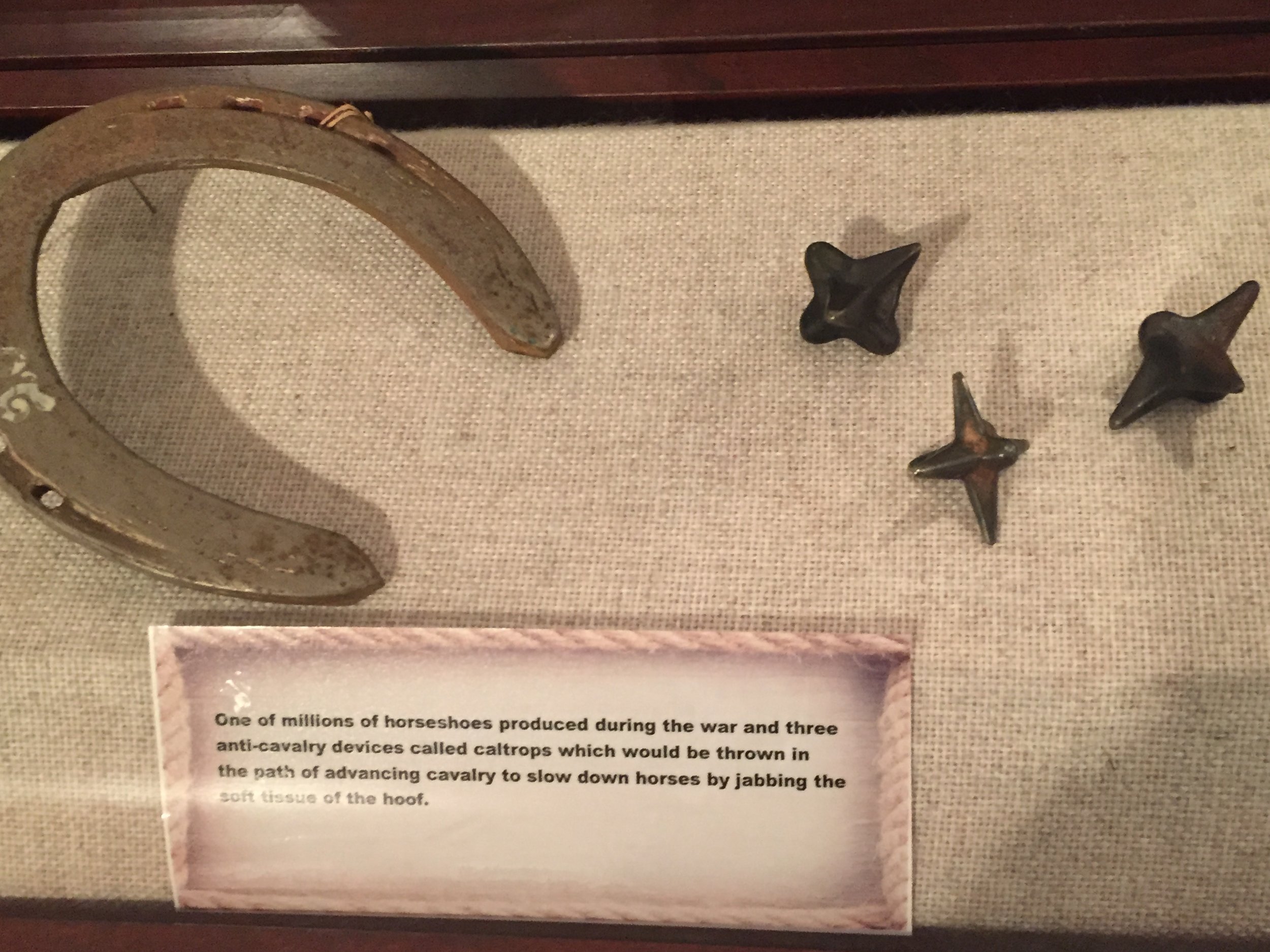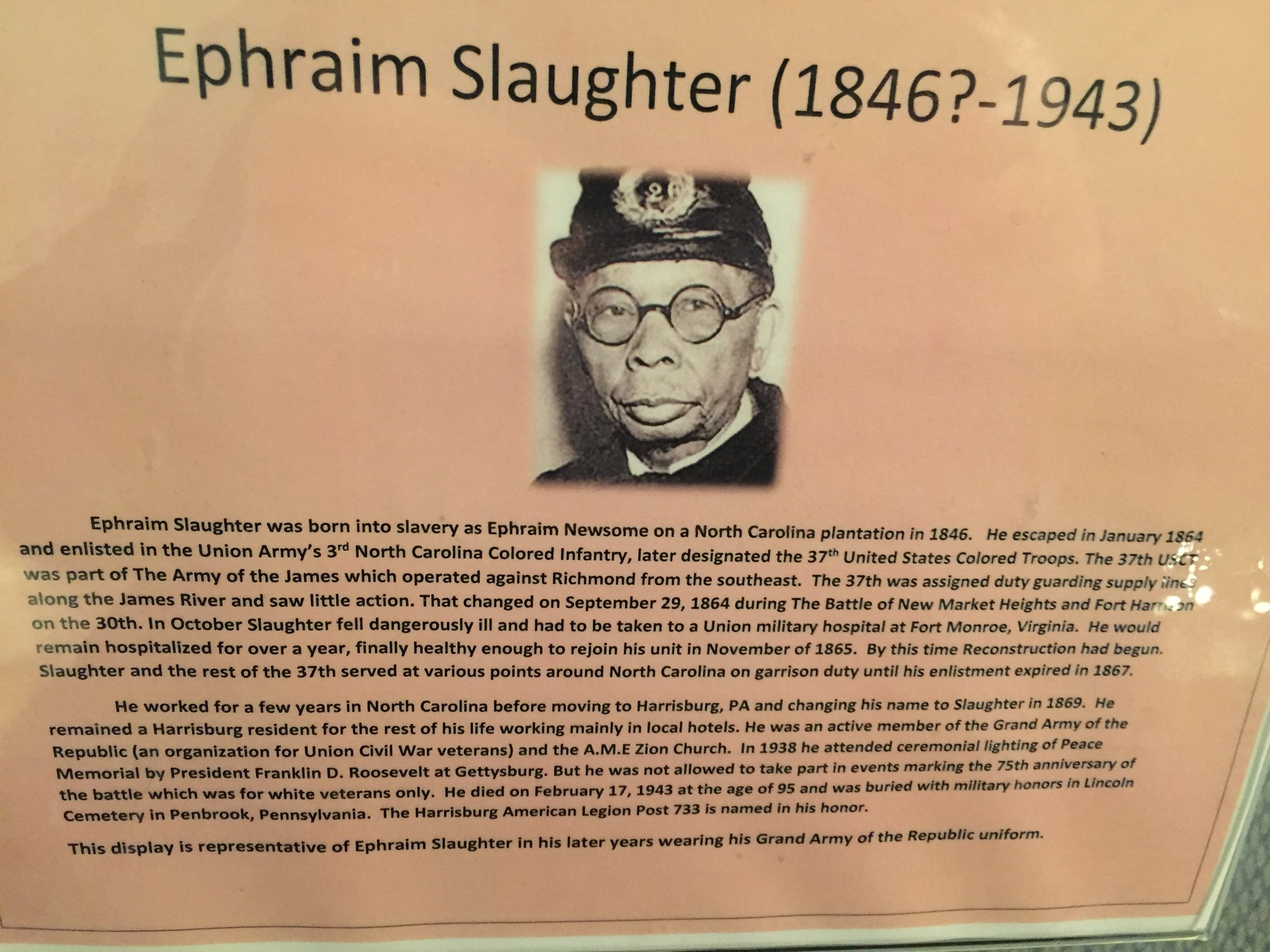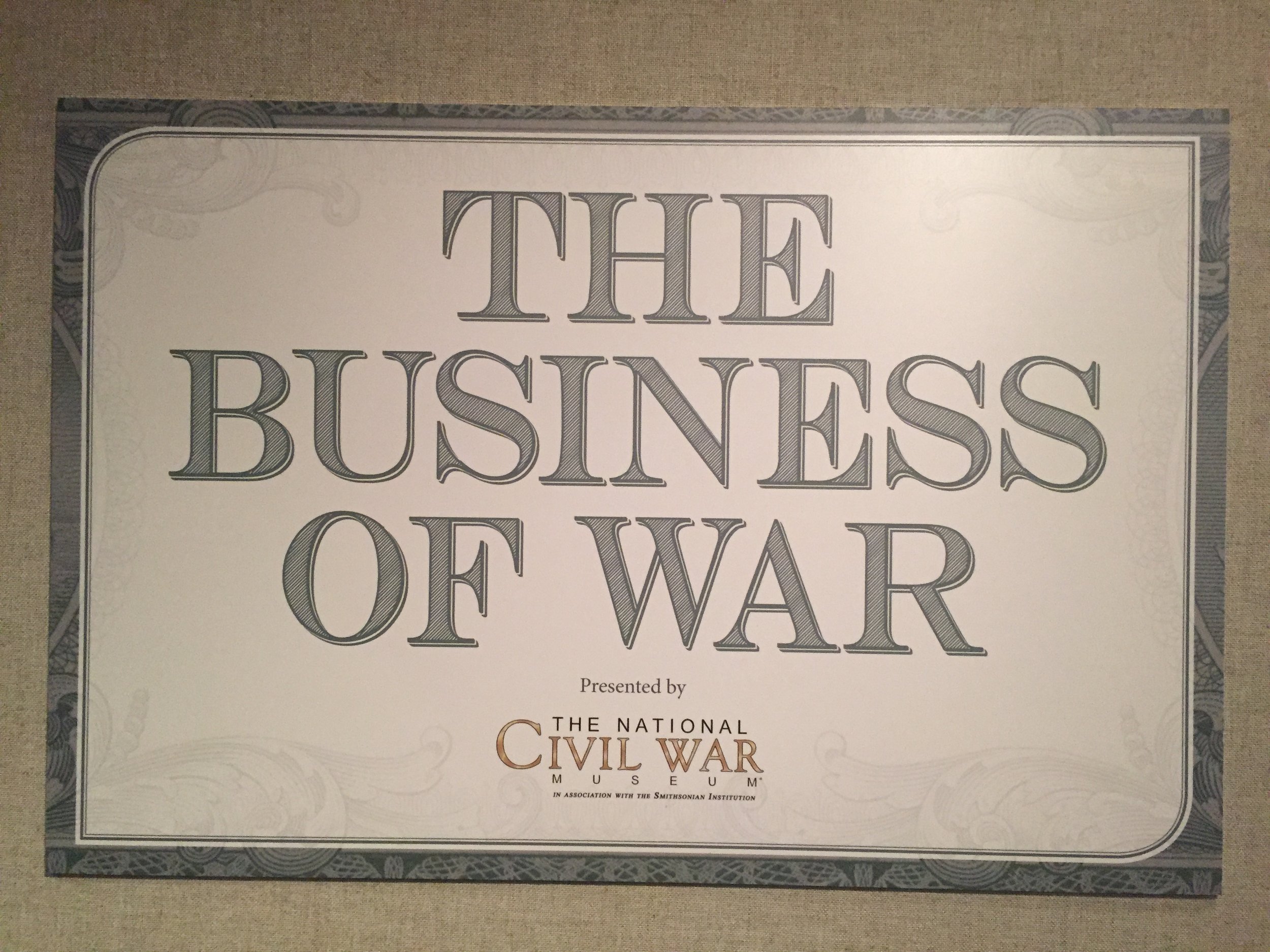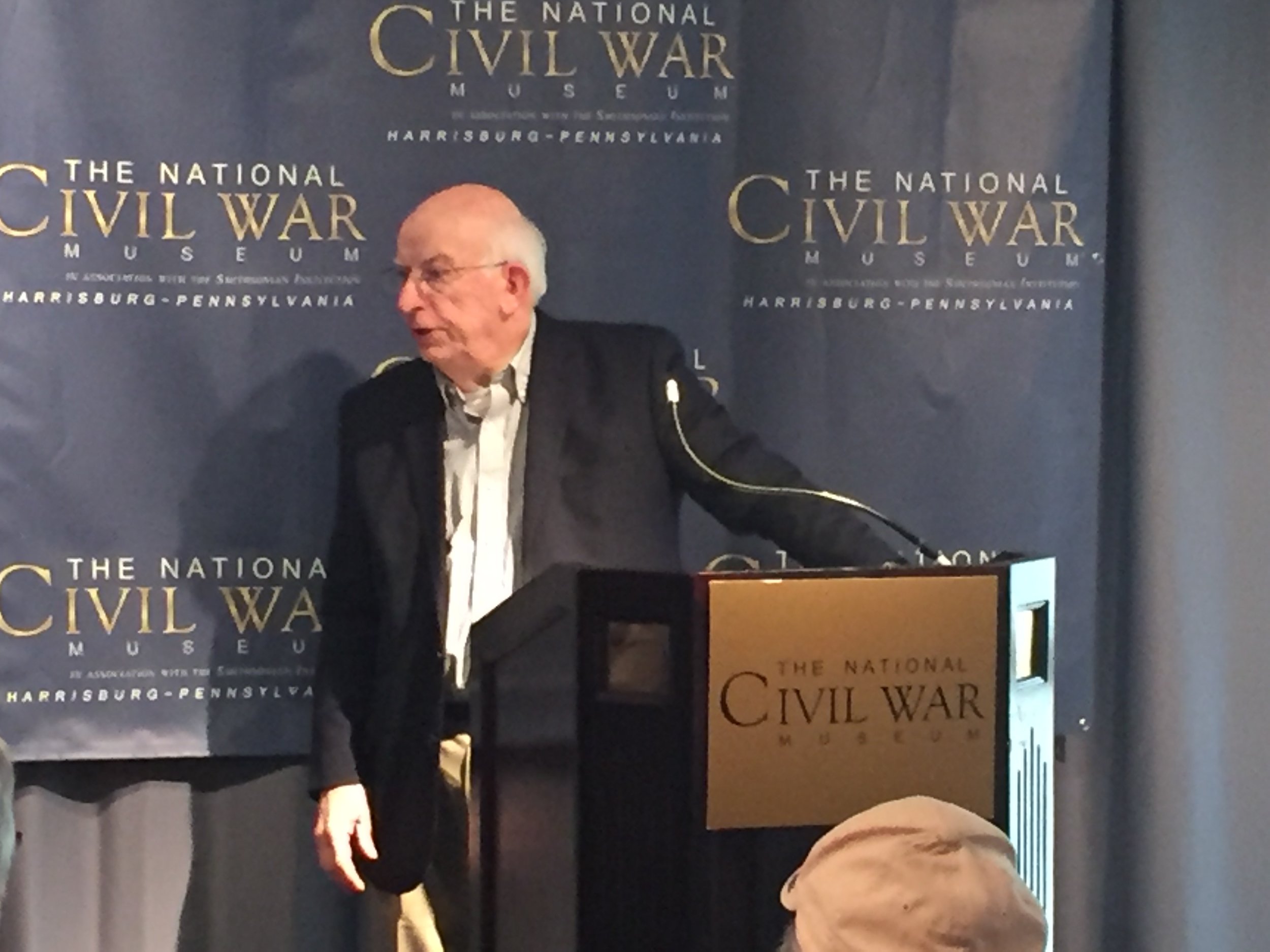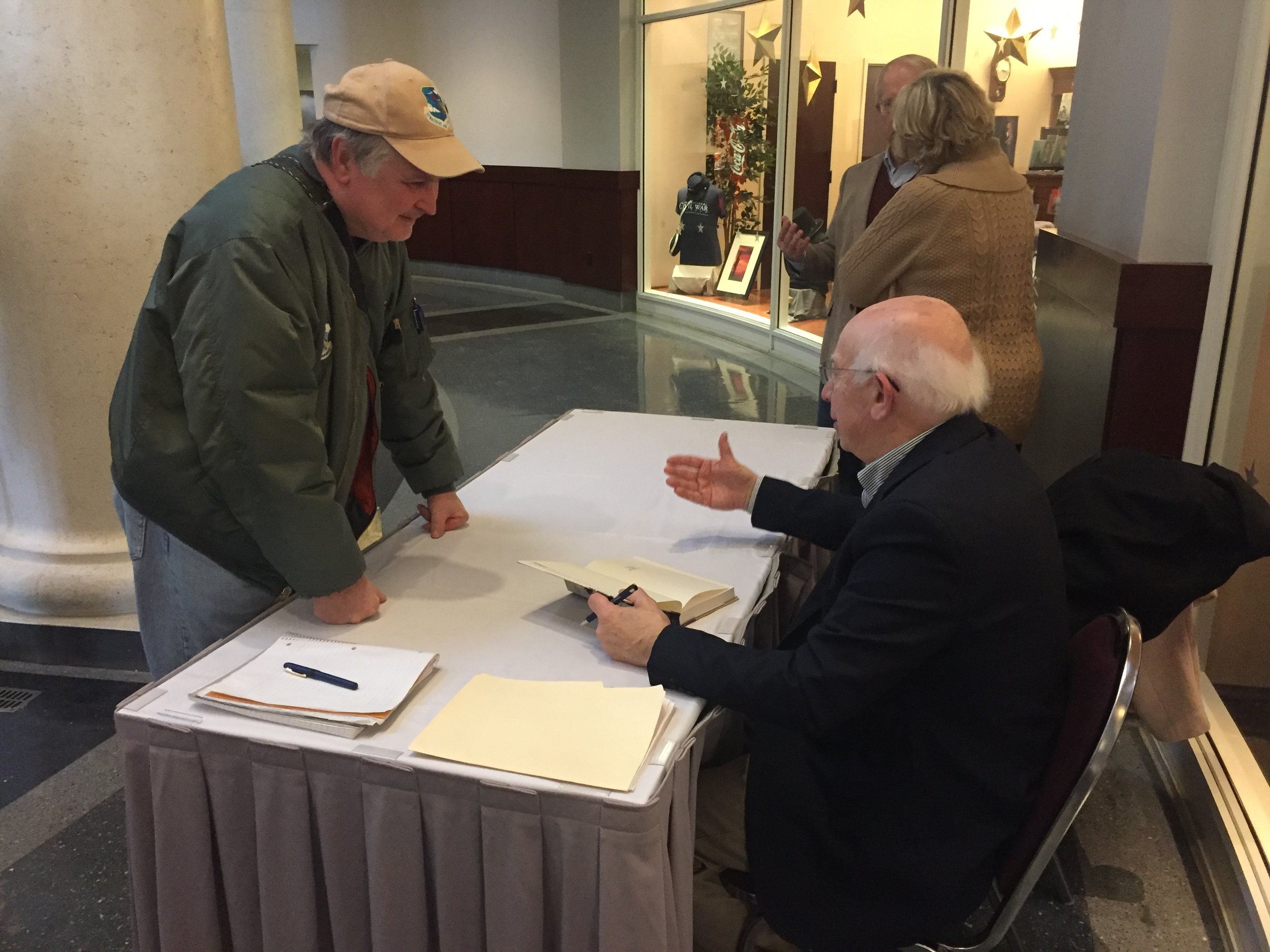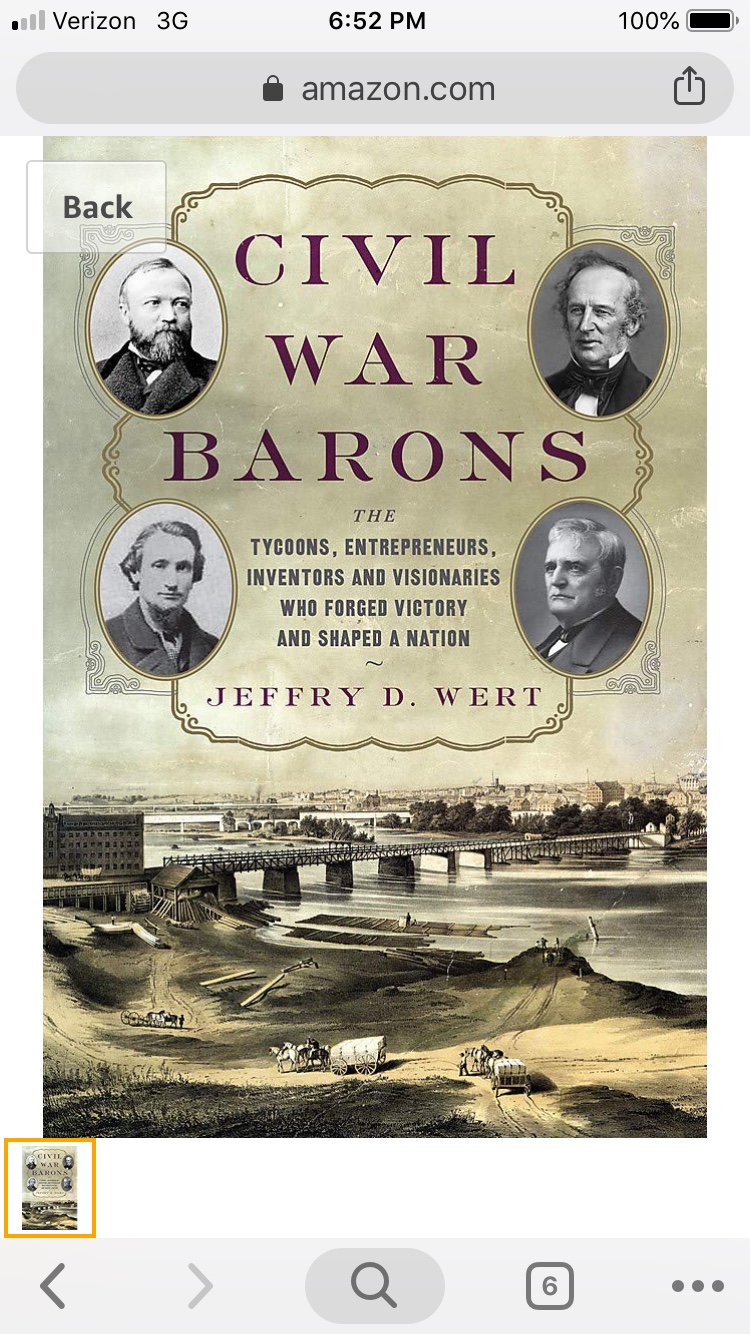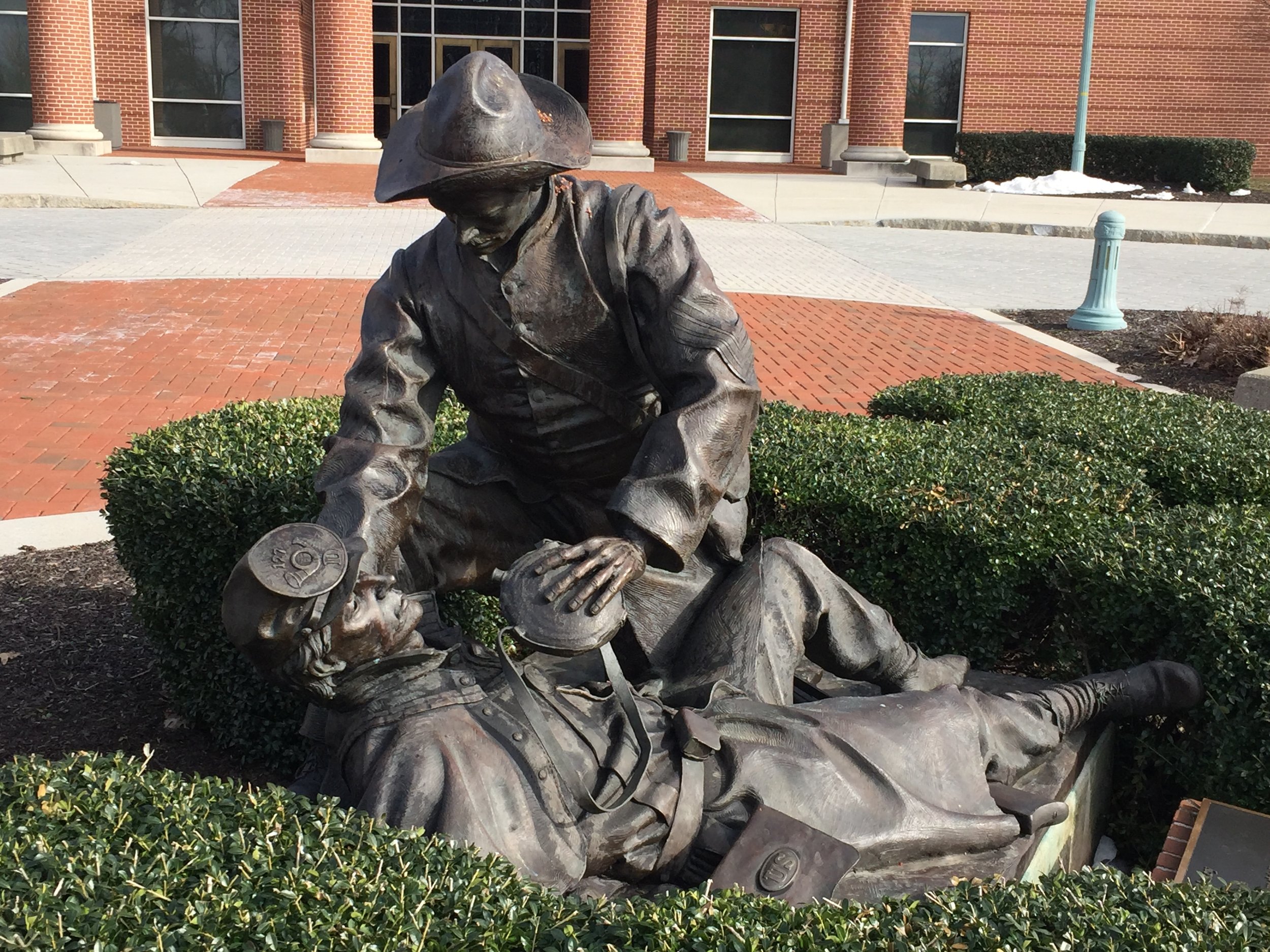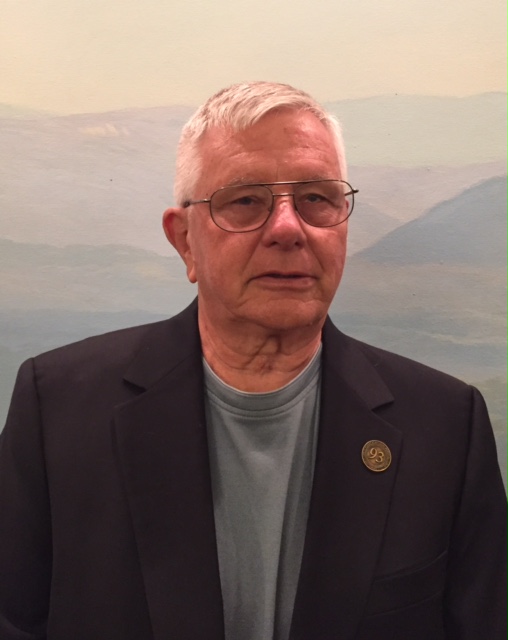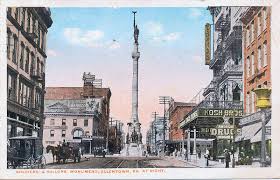Getting a monument built to honor Lehigh County veterans of the Civil War wasn’t easy. Wrangling over who was going to pay for it- the county or Allentown- was a sticking point for most of the last half of the 19th century. Then there was where it was to be placed, and would it disrupt trolley traffic.
When that was finally settled there was one last question: what day should it be unveiled and dedicated? The Fourth of July or Decoration Day- aka Memorial Day- were batted around as possibilities. Officialdom wanted the summer when chances were best for good weather. But all that was before the veterans were heard from. When they spoke, their message was clear. October 19th was to be the day of the dedication or they would not participate.
There was some grumbling from city hall about this but nobody at the time was really surprised. It was on October 19th 1864 that the 47th Regiment of Pennsylvania Volunteers, in which the largest number of Allentown and Lehigh County men had served, participated in the battle of Cedar Creek under General Philip Sheridan, an Irish American cavalry officer born of immigrant parents in Albany, New York who grew up in Somerset, Ohio, and dealt the South a blow from which it never recovered. It was also the day on which most of the local veterans celebrated their annual reunions. So October 19th it was to be.
Hindsight, which is always 20/20, makes it seem that by the fall of 1864 most people must have known that a Union victory was assured. But although the South was battered and bruised, no one, from General Grant to the lowliest private in the Army of the Potomac, was willing to make that assumption.
It was true things were looking good. Sherman had taken Atlanta and was getting ready for his march to the sea. The Confederate Army was not the fighting force it had been. And Sheridan had racked up a string of victories in the Shenandoah Valley. He was also a vigorous believer in the policy of doing what he could to make the Valley into a place that was left with nothing to supply Lee’s Army by burning crops, barns, mills and factories. From September 26 to October 8 they participated in intense raids that locals still recall today as “the Burning” or “Red October.”
The Confederate troops in the Valley were under the command of Gen. Jubal Early. He had been beaten by Sheridan at Third Winchester (also known as the battle of Opequon) and Fisher’s Hill. But as a skilled soldier with veteran troops he knew how to lead them. Their uniforms may have been rags and they had no boots, but they knew how to take orders.
For the men in the 47th regiment, being with Sheridan must have offered some satisfaction. Although they had seen more than their share of fighting it had been away from the “real” war in Virginia to take Richmond. It is quite possible some of the Union soldiers were unhappy with Sheridan’s policy of burning out the farms because they found if cruel. But whatever their feelings, they were proud of the role they would play. But there was a price.
“At least 65 members of the 47th died as a result of the regiments involvement in the battle of Cedar Creek,” writes Lewis Schmidt in his history of the regiment, “and the total casualties probably exceeded 174.”
On October 18th Sheridan was spending the night at Winchester on his way back from a Washington conference with Secretary of War Stanton. Major General Horatio G. Wright was in temporary command of Sheridan’s forces, known as the Army of the Shenandoah. While Sheridan slept Early was on the move. Just before 8 p.m. his troops moved, in single file on what later was called a “pig path.” They had no artillery. By 3:30 am they were in position. Their movement was masked by a heavy fog. “We got in sight of the enemy lines at half past 3 o clock and precisely at five o’ clock…moved in,” wrote Early.
The Union troops were caught totally by surprise. Many of them saw the rebels first like a gray ghost emerging from the fog. Some were caught literally with their pants down. Perhaps with the horrors of a Rebel prison camp in their heads they began to flee. But others had officers who were aware enough to organize their men and fight back. Among them were the 47th who found themselves temporarily under the command of Col. Thomas of the 8th Vermont. “They had been thrown into the breach during the morning rout,” writes Schmidt, “of the Federals to give the Union Army time to reform.”
Schmidt laments the fact that apparently the only member of the 47th to write about Cedar Creek was a recruit from Sunbury, journalist Henry Wharton. “Wharton’s account would seem to indicate he may not have even present while the 47th was attempting to stem the Confederate onslaught at the beginning of the battle,” Schmidt writes.
The best that exists is the official account put out by the state in the regiment’s history following the war.
Here is what it says in part:
“When the Army of West Virginia under General Crook was surprised and driven from its works, the Second Brigade with the 47th on its right was thrown into the breach to stop the retreat. The 47th’s line was formed while vast bodies of men were rushing past it. And a heavy fog reduced the visibility to fifty yards. The 47th was scarcely in position when the rebels under the cover were upon them. The right of the regiment was thrown back until it was almost forced into a semi-circle. The brigade only 1500 strong was fighting (Confederate General) Gordon’s entire division and was forced to retire in comparative good order exposed to raking fire. It continually reformed and made a stand where possible and finally checked the rebel advance.”
It was at that moment that General Sheridan arrived. Hearing gunfire in Winchester, he had mounted his big horse Rienzi (named after a skirmish in Rienzi, Mississippi, not Richard Wagner’s opera of the same name) and headed south. It was his ride that he made to Cedar Creek that helped rally the troops and turned the retreat into a victory.
Everyone who was there claimed to have personally seen Sheridan ride past them, many more than was possible. But the event was dramatic enough to capture the imagination of his troops and later the entire north. Poets gushed words on paper that made Sheridan a figure of legend. Some even attributed Lincoln’s re-election to it. Telling the troops they would be back in their morning campground by nightfall he rallied them. “I am happy to say,” Sheridan would later write, ” that hundreds of the men, when of reflection found they had not done themselves justice, came back with cheers… still none behaved more gallantly or exhibited greater courage than those who returned from the rear determined to reoccupy their last camp.”
While Sheridan was undoubtedly a large factor, the Union had a powerful force working for them one that had nothing to do with military tactics. For what really caused the Confederates to stop their advance was the cornucopia of Union largess spread out before them: uniforms, boots and coffee in profusion that these ragged half naked men had not seen for months or even years. Writing to Lee, Early complained bitterly that “even commissioned officers” could not resist them. This was the secret weapon that turned what might have been a major Union defeat into a Confederate debacle.
Several months later the Civil War ended.
Sheridan went on to take a command fighting Native Americans in the West. Here the hero of Cedar Creek was said to have uttered the words, “the only good Indian is a dead Indian.” He claimed he never said them. Others said he had.
Sheridan was also one of the strongest supporters of the creation of Yellowstone National Park, lobbying Congress using all his war hero status to keep out railroads and other developers. He also contributed military relief efforts following the Chicago Fire in 1871.
Sheridan married a bride of 22 at the age of 44. After fathering children, he suffered two heart attacks. Sheridan died at age 57 in 1888. When asked why she never re-married his young widow replied, “I would rather be the widow of Phil Sheridan than the wife of any man living.”
In the Lehigh Valley the veterans of the 47th continued to hold reunions on October 19th till they were no more.







